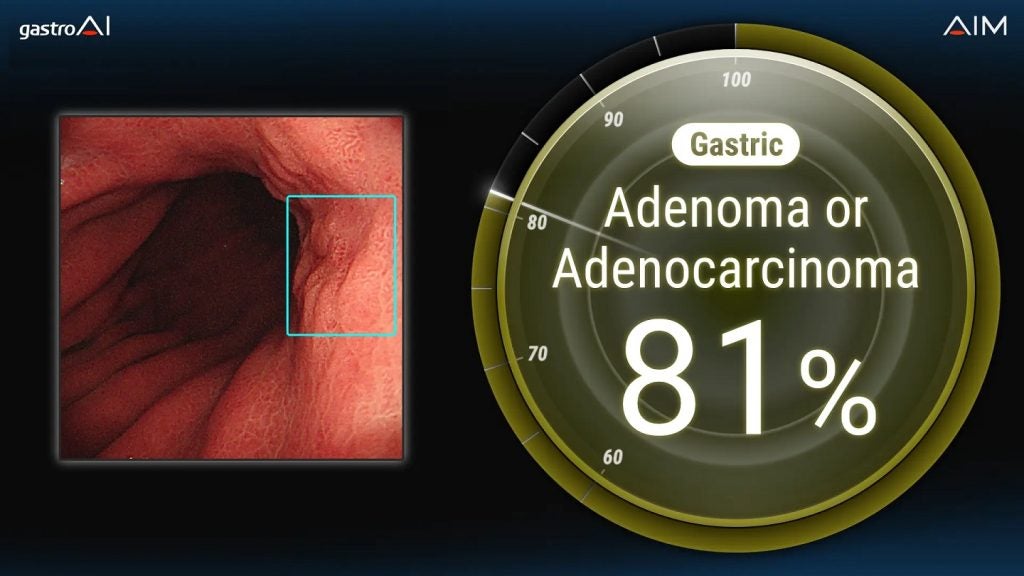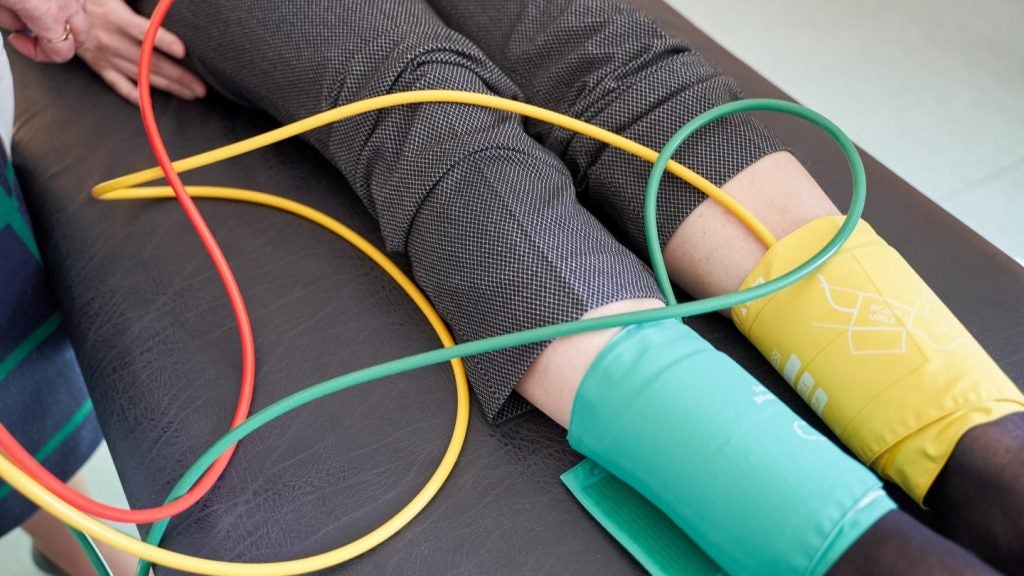A research paper has been published highlighting how Nanoflex Robotics’ magnetically controlled microrobot was successfully navigated through the blood vessels of a living pig.
The report, published in the journal Science Robotics on 14 February, details how the magnetically guided microrobot was steered through blood vessels with increased efficiency. By utilising a helical structure on its surface, the robot interacts with the vessel wall, converting rotation into forward movement. In a collaboration between researchers, engineers, and neuroradiologists, successful navigation of the microrobot through a living pigs blood vessels, from a main artery to the brain’s arteries, validates the approach’s feasibility.
The robot is in development at Multi-Scale Robotics Lab (MSRL) at the Swiss Federal Institute of Technology (ETH Zurich). The technology for generating and controlling electromagnetic fields for the endovascular device navigation is based on research conducted over the course of more than 20 years at the lab.
In 2021, ETH Zurich university spin-out Nanoflex took over commercialisation of the robotic system. In February 2023, Nanoflex bagged $12bn (€11.2bn) to commercialise the system, led by venture capital firm Ascend Capital Partners, as well as Kinled Holding and Mountain Labs. In the following October, the company teamed up with Brainomix, with almost $1 million in financial backing from the UK and Switzerland to combine artificial intelligence (AI)-assisted magnetic navigation system and robotic surgical tools.
Speaking to Medical Device Network, first author of the report Roland Dreyfus highlighted the significance of the system: "Time is very critical in the treatment of stroke. The device allows to navigate tortuous blood vessels more easily and with that to reach deeper into the brain. This allows the fast removal of blood clots that would otherwise be hard to reach.
"Because there are not enough interventional neuro-radiologists, in particular in rural areas, the teleoperation capability of our system has the potential to give access to patients that don’t have direct access to stroke treatment," he said.
The MSRL technology features a patient positioned beside a navigation system creating a targeted magnetic field. A flexible micro robotic catheter, with a diameter under one millimetre and a soft magnetic tip, can be manoeuvred in any direction via control software, offering easier control compared to manually guided wires.
The microrobot is utilised in endovascular procedures required by patients who have suffered a stroke. According to a report on GlobalData’s Pharma Intelligence Center, there will be 96,246,493 cases of acute ischemic stroke by 2027 in the 16 markets covered by GlobalData epidemiology.
















